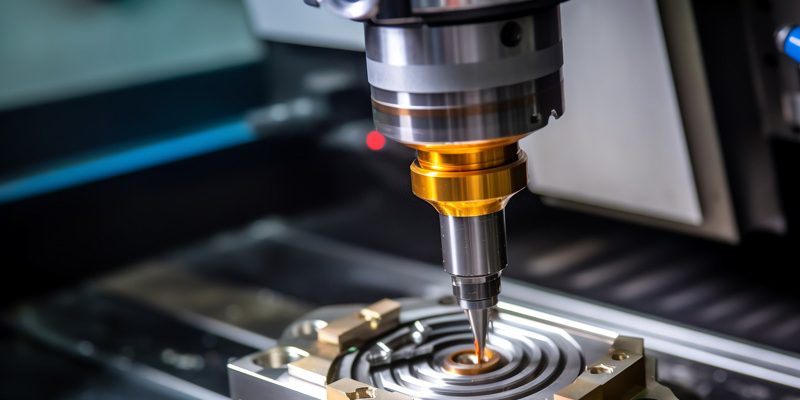CNC machining of hardware parts is to process raw materials (stainless steel, copper, aluminum, iron, etc.) into various parts according to customers’ drawings or samples with lathes, milling machines, drilling machines, polishing machines, etc., such as: screws , motor shafts, model car parts, fishing tackle accessories, speaker product shells, mobile power shells, etc.
The following 13 CNC programming practical experiences can help beginners get started quickly.
- The white steel knife cannot be turned too fast.
- When the workpiece is too high, it should be cut thick with different length knives in layers.
- After rough cutting with a large knife, remove excess material with a knife to ensure that the margin is consistent before laser cutting.
- Flat bottom processing, less ball cutter processing, reducing processing time.
- When the copper worker clears the corner, first check the size of the R on the corner, and then determine how many ball knives to use.
- The four corners of the calibration plane should be flat.
- The slope is an integer, the tool processing of the slope, such as the pipe position.
- Before doing each process, you must think clearly about the margin left after the previous process to avoid empty cutting or over-processing.
- Do all the simple tool paths, such as shape, groove, single side, detour height, etc.
- When taking WCUT, if you can take FINISH, don’t take ROUGH.
- Set a reasonable tolerance to balance machining accuracy and computer calculation time. When turned on, the tolerance is set to 1/5 of the allowable deviation, and when the knife is light, the tolerance is set to 0.01.
- Do more processes to reduce the time of empty cutting. Do a little more thinking to reduce the chance of error. Make more auxiliary lines and auxiliary surfaces to improve the processing conditions.
- Establish a sense of responsibility, carefully check all parameters, and avoid rework.

